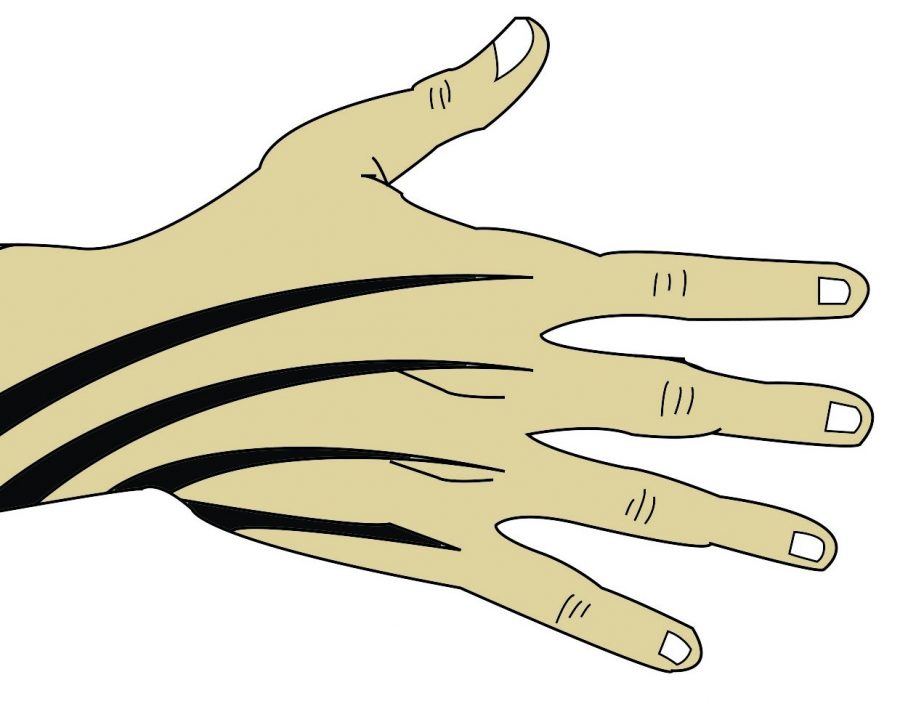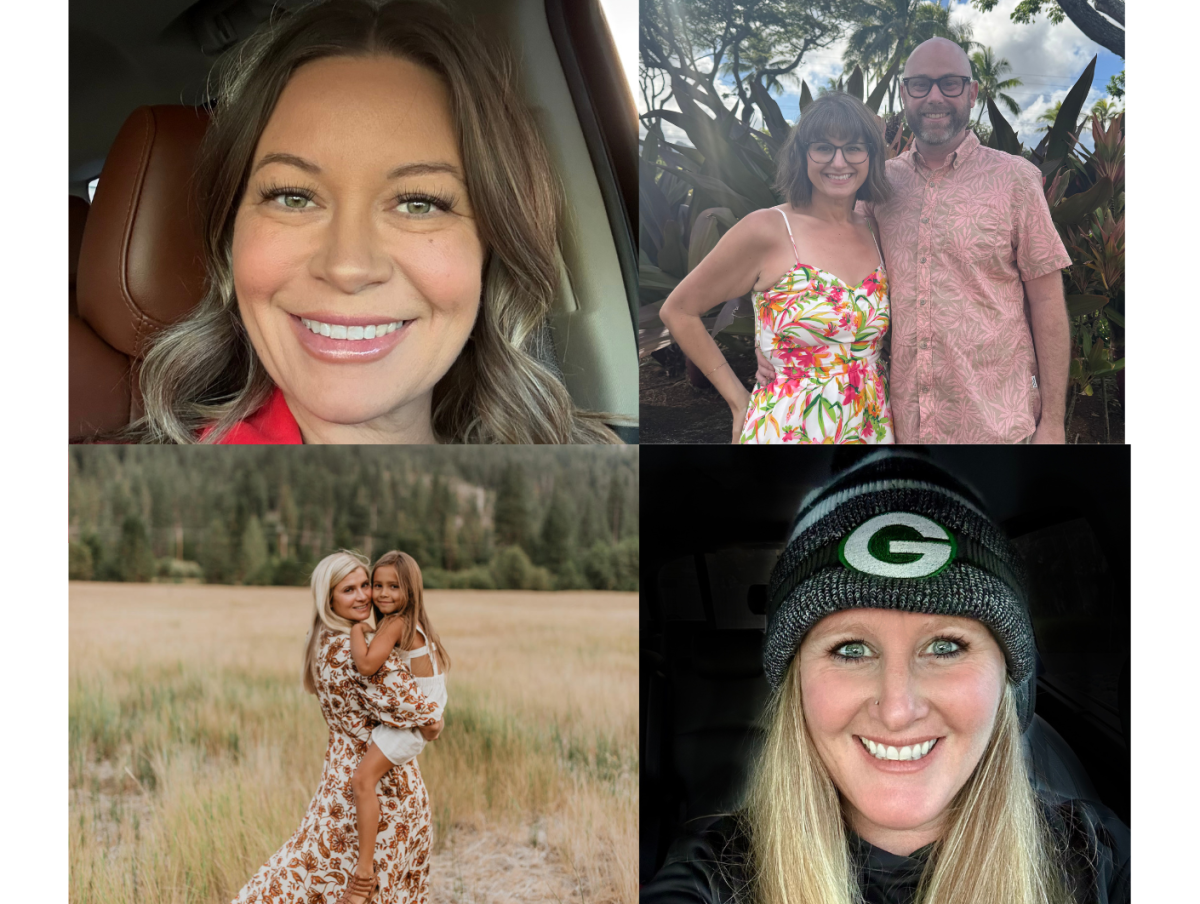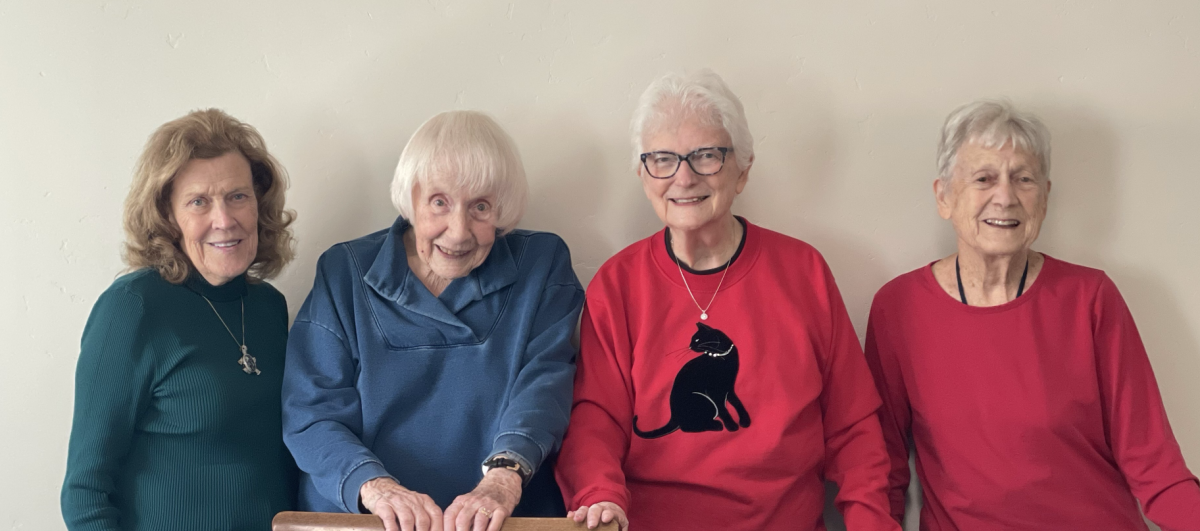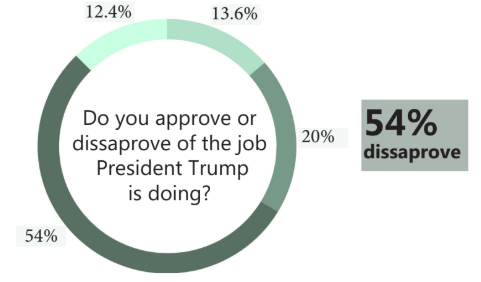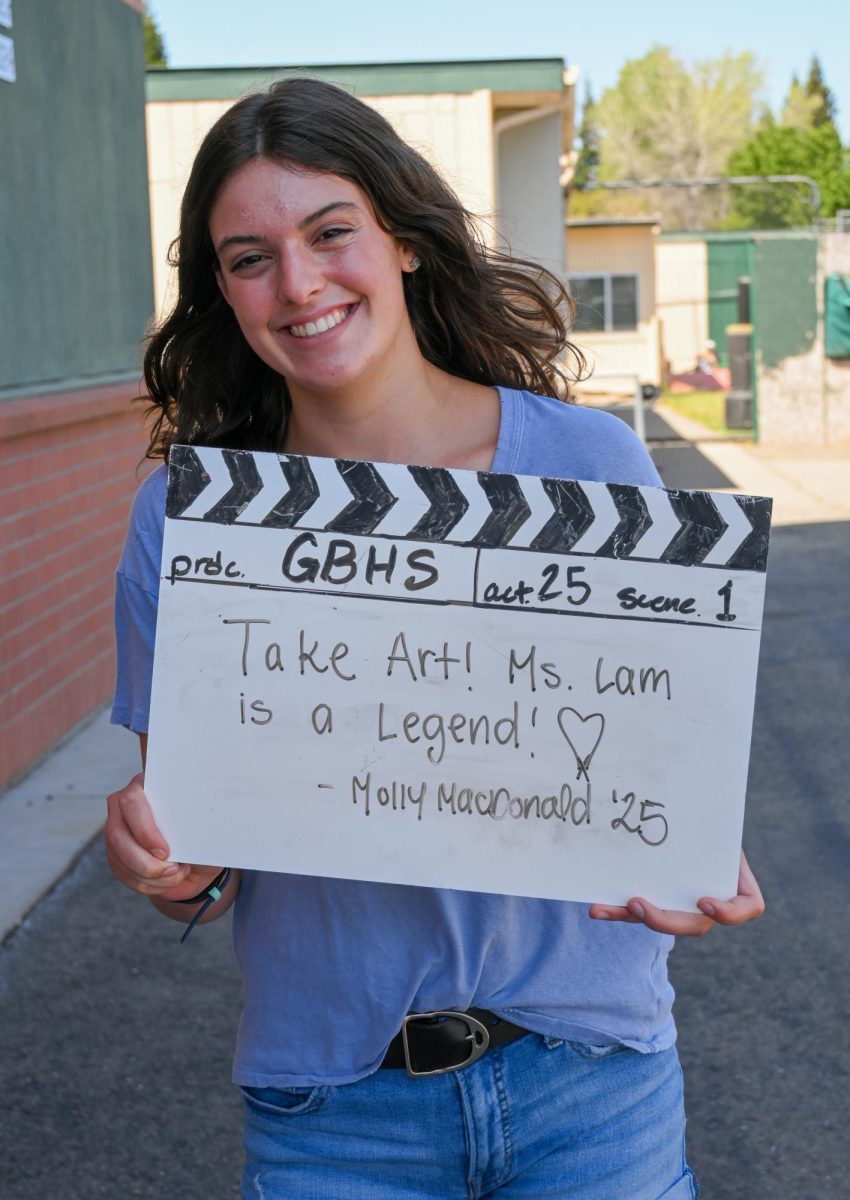Just as tattoos tend to fade over time so is the taboo that comes with it.
“I have never had any criticism and when applying for jobs they tend to like tattoos just because it’s more relatable and relevant with the millennials,” said Granite
Bay High School senior Sean Mc- Crackin who got a tattoo while in Ireland. “(It) makes the store a more comfortable atmosphere with a variety of individuals.”
Many past opinions have formulated that when applying for a job, tattoos are innately disdained.
“(The general stereotype) can be seen as counterculture and anti-establishment,” said Granite Bay High School teacher Andrew Phillips. “(It’s) an idea that you’re going to be some sort of rebellious personality that is always working against the rules and stuff like that.”
Because seeing youth with permanent body art has been increasingly popular, the negative stigma has been substantially hampered.
“I think the taboo has faded with the increase in people getting tattoos,” Phillips said. “At some point you can’t discriminate against everybody (so) if enough people have it you start changing your feelings on it.”
Three in ten Americans have tattoos which roughly adds up to about 30 percent of the adult population. Four years ago, barely 20 percent of adult Americans had tattoos. The trend is patently popularizing.
“I personally believe that in the work field tattoos are now way more (accepted),” said GBHS junior Kenzie Montoya who got a tattoo this year. “(Because) everyone has one nowadays (I) believe most people see it as something normal.”
“The Harris Poll”, conducted in October of 2015, surveyed over 2,000 adults. 47 percent of millennials had tattoos in comparison to 13 percent of the “Baby Boomer” generation. Modern self expression continues to prove its predominance in the 21st century.
“The closest thing to getting criticized for having tattoos was probably one time in my social psych class senior year,” said graduate Kylie Shimada who had two tattoos done while attending GBHS. “Some kids said that people with tattoos are dangerous people which me and my friends just laughed about because I’m not one to be classified as dangerous at all.”
Although considered minuscule nowadays, criticism in regards to the trend is not completely dormant. GBHS Junior Danielle Sims has a tattoo of an ampersand on her ankle and claims to have received criticism from peers in reference to it.
“I’ve been called ratchet and asked, ‘why would you ever get something like that on your body permanently?’ and ‘you’re too young to know what you want, you’re gonna regret it’,” Sims said.
Another stoic saying that remains in tact is the theory that people who get tattoos in their youth will regret it later on.
“I think if you’re not 100 percent sure that you’ll love the tattoo when you’re a parent, pass on it,” Shimada said. “Think about what you want really thoroughly, and if you are confident enough to go through with it then go for it.”
14 percent of the total U.S. population accounts for people with tattoos.
Yet for youth aged 18 to 25, that percentage is nearly tripled. Increasing trends among teens tend decrease centered stigma.
“I personally feel like I would discourage somebody from getting tattoos in their teens before you’re out of high school or college because they don’t go away,” Phillips said. “It’s really easy to make a mistake that you’ll have with you forever.”
Whether it be because of rash decision making, undeveloped brains or current emphasis on self expression, the youth of this generation tend to make up a substantial chunk of the tattooed population.
“Tattoos are a way to express yourself, like a form of speech. (Self expression) can be really important for people to share through art,” Phillips said. “That’s always been something that’s been going on in our human civilization.”



